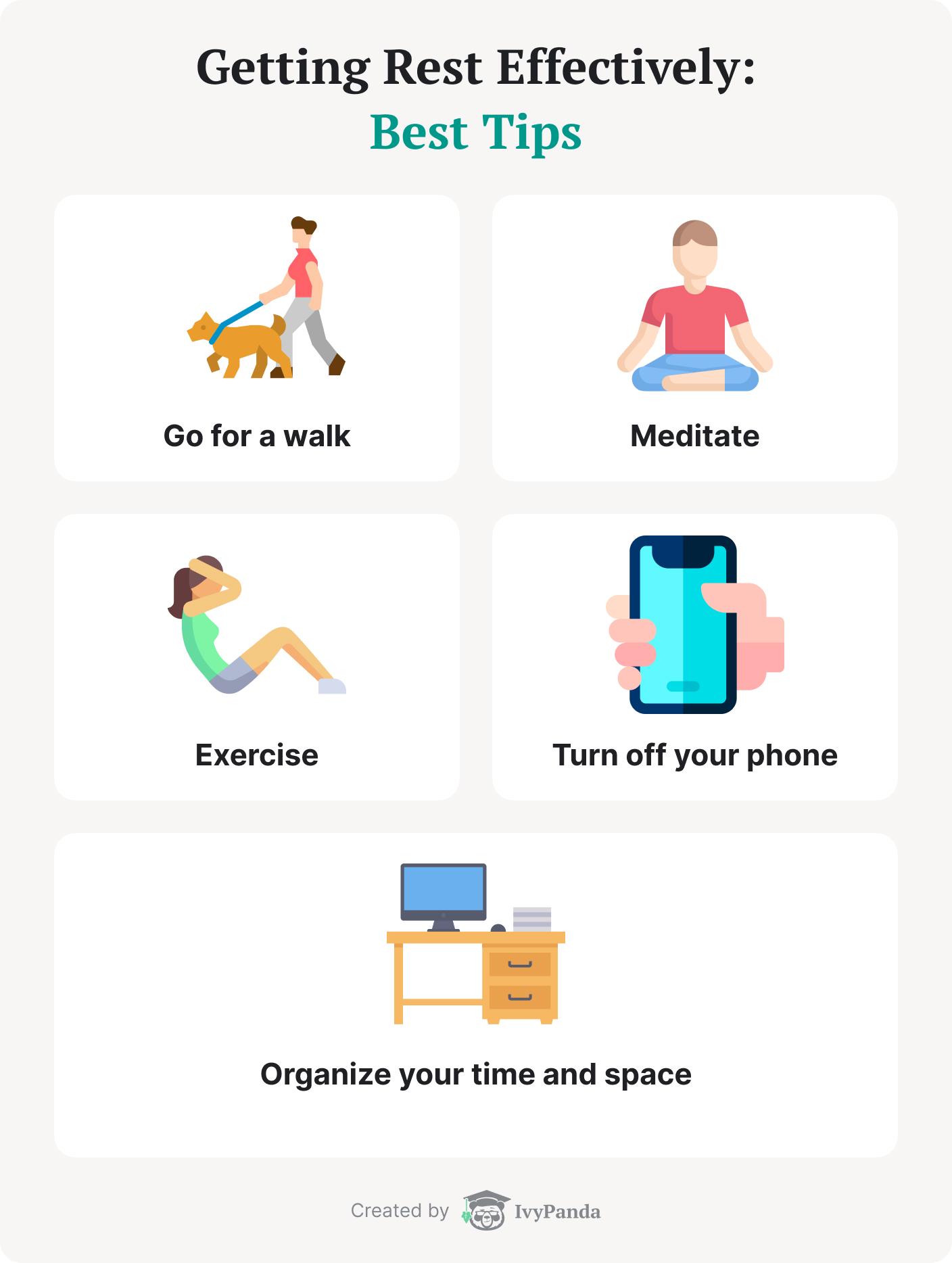In the pursuit of fitness goals, the focus often gravitates toward pushing limits and achieving new milestones. Yet, equally important is the journey of recovery, a crucial component that is frequently overlooked. Understanding the significance of proper recovery can transform not only how you feel after a workout but also how effectively you progress toward your fitness aspirations. In this article, we delve into empathetic and practical strategies designed to enhance your post-exercise recovery process. Whether you’re a seasoned athlete or a fitness newcomer, these effective tips will help you bounce back faster, reduce muscle soreness, and ensure you’re ready to tackle your next workout with renewed energy and vigor. Let’s embark on a path to smarter recovery, where your body and mind are nurtured and restored, ensuring a sustainable and fulfilling fitness journey.
Understanding Your Bodys Recovery Needs
Every workout session is a step towards achieving your fitness goals, but the magic truly happens during recovery. Understanding what your body needs to bounce back efficiently is crucial for maximizing the benefits of your efforts. Recognizing the signs your body gives you is the first step in tailoring your recovery process. Here’s how you can do it:
- Listen to Your Body: Pay attention to soreness and fatigue. These are natural responses but can indicate the need for rest or a change in your routine.
- Hydration: Replenish fluids lost through sweat. Water supports every bodily function, including the repair of muscles.
- Nutritional Needs: Fuel your recovery with the right nutrients. A balanced intake of proteins, carbohydrates, and healthy fats can aid in muscle repair and energy replenishment.
| Recovery Aspect | Importance | Tips |
|---|---|---|
| Sleep | Essential for muscle repair and hormone regulation. | Aim for 7-9 hours of quality sleep per night. |
| Nutrition | Supports energy levels and muscle repair. | Include a post-workout meal with proteins and carbs. |
| Active Recovery | Improves circulation and reduces muscle stiffness. | Incorporate light activities like walking or yoga. |
Recognizing and respecting your body’s recovery needs isn’t just about avoiding injury; it’s about enhancing your overall well-being. By integrating these strategies, you can not only reduce downtime but also ensure that you return to your workouts stronger and more resilient.

Nourishing Your Muscles with the Right Nutrients
To ensure your muscles recover efficiently after an intense workout, it’s crucial to fuel them with the right nutrients. Think of your muscles as a finely tuned machine that requires the right type of fuel to operate optimally. A well-balanced diet rich in proteins, carbohydrates, and healthy fats can significantly enhance your recovery process.
Key Nutrients for Muscle Recovery:
- Proteins: Essential for muscle repair and growth. Incorporate lean meats, eggs, or plant-based sources like tofu and lentils into your meals.
- Carbohydrates: Replenish glycogen stores with whole grains, fruits, and vegetables to restore energy levels.
- Healthy Fats: Include avocados, nuts, and olive oil to support joint health and reduce inflammation.
| Meal | Protein (g) | Carbs (g) | Fats (g) |
|---|---|---|---|
| Grilled Chicken Salad | 30 | 20 | 15 |
| Quinoa & Black Beans | 15 | 40 | 5 |
| Greek Yogurt with Berries | 20 | 25 | 0 |

Incorporating Rest and Active Recovery Techniques
Balancing between rest and active recovery is key to optimizing your workout recovery. Rest allows your muscles to repair and grow, reducing the risk of injury and burnout. Consider incorporating these essential elements into your routine:
- Sleep: Aim for 7-9 hours per night to facilitate muscle repair and growth.
- Hydration: Maintain optimal hydration to help flush out toxins and reduce muscle soreness.
- Nutrition: Fuel your body with protein and carbohydrates to replenish energy stores and repair tissues.
On the other hand, active recovery involves engaging in low-intensity activities that promote circulation and reduce lactic acid buildup. This can be achieved through:
- Yoga or Stretching: Enhances flexibility and relieves muscle tension.
- Light Walking or Cycling: Keeps the blood flowing without overexerting your muscles.
- Swimming: Provides a full-body workout with minimal stress on the joints.
| Technique | Benefits |
|---|---|
| Rest | Muscle repair, reduced injury risk |
| Active Recovery | Improved circulation, decreased soreness |
By integrating both rest and active recovery techniques into your regimen, you can enhance your body’s natural healing processes, ensuring you return to your workouts feeling rejuvenated and ready to tackle new challenges.

Harnessing the Power of Hydration and Sleep
Embracing the synergy between hydration and sleep can significantly boost your post-workout recovery. These two fundamental elements are often overlooked, yet they play a crucial role in how quickly and effectively your body bounces back after exercise.
- Stay Hydrated: Water is vital for transporting nutrients to your muscles and removing waste products. Aim to drink water consistently throughout the day, not just during your workouts. Incorporate electrolyte-rich beverages if your exercise sessions are particularly intense or lengthy.
- Prioritize Quality Sleep: Sleep is when your body does most of its repair work. Ensure you’re getting 7-9 hours of restful sleep each night. Consider creating a bedtime routine that encourages relaxation, such as reducing screen time, dimming lights, or using calming scents like lavender.
To help you better manage these two aspects, here is a simple table with recommendations:
| Element | Tip | Benefit |
|---|---|---|
| Hydration | Drink 8-10 cups of water daily | Improves nutrient delivery and waste removal |
| Sleep | Maintain a consistent sleep schedule | Enhances muscle repair and recovery |
Integrating these practices into your daily routine can transform your recovery process, leaving you feeling rejuvenated and ready for your next workout.








































